The Fastest Way to Lose Weight: Unlocking the Power of the Keto Diet

Welcome to Keto Sensation! In the world of weight loss there’s a constant search for What Is The Fastest Way To Lose Weight, and most effective method to shed those extra pounds.
One diet that has gained immense popularity for its rapid results is the Keto Diet.
In this article, we’ll dive deep into the principles of the Keto Diet and how it can become your ally in achieving your weight loss goals.
However, remember that before embarking on any diet, it’s crucial to be well-informed about its mechanisms and potential risks. So, let’s explore the fastest way to lose weight with the Keto Diet!
Understanding the Keto Diet for The Fastest Way To Lose Weight
What is the Keto Diet?
The Keto Diet is a low-carbohydrate, high-fat, and moderate-protein eating plan designed to shift the body’s primary fuel source from carbohydrates to fats.
By significantly reducing carbohydrate intake, the body enters a metabolic state known as ketosis. This is where it starts breaking down stored fat into molecules called ketones to produce energy. This shift in metabolism is the foundation of the Keto Diet’s weight loss potential.
The typical macronutrient breakdown of the Keto Diet is as follows:
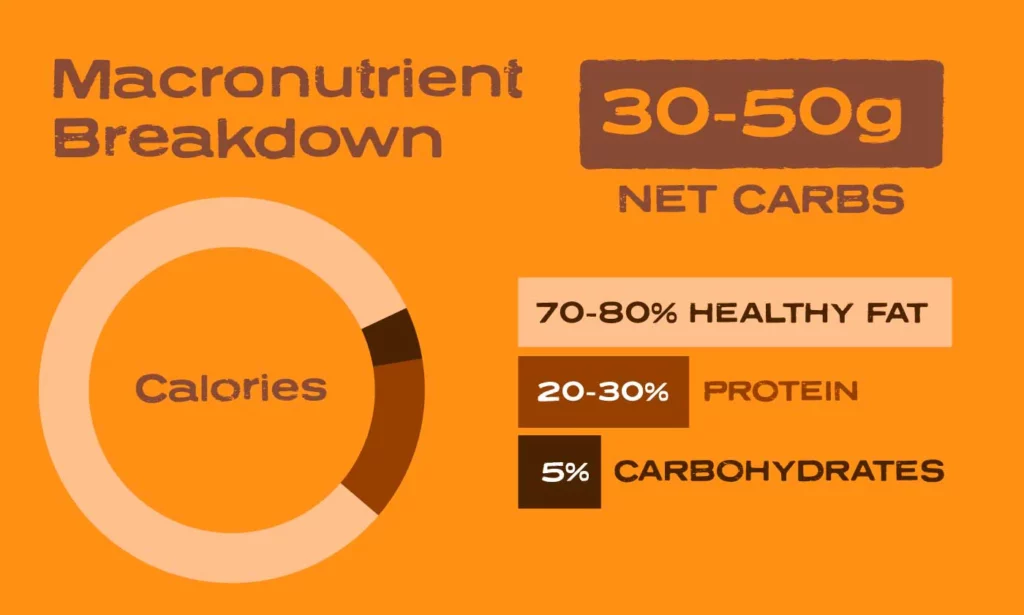
- High Fat: Around 70-75% of total daily calories come from healthy fats like avocados, nuts, seeds, coconut oil, and olive oil.
- Moderate Protein: About 20-25% of daily calories come from protein sources like meat, fish, poultry, and dairy.
- Low Carbohydrates: Only 5-10% of daily calories are derived from carbohydrates, primarily from non-starchy vegetables and small amounts of low-carb fruits.
How the Keto Diet Promotes The Fastest Way To Lose Weight
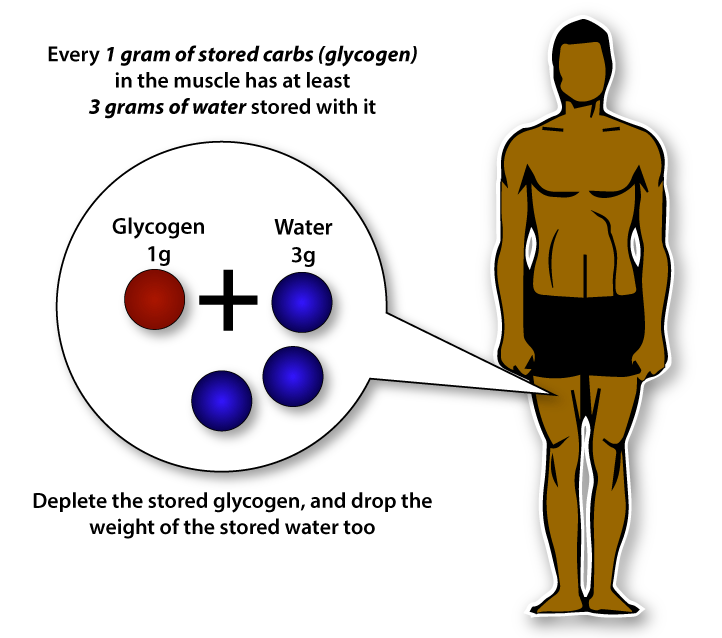
Initial Water Weight Loss and Glycogen Depletion: When you begin the Keto Diet, your body quickly depletes its glycogen stores.
Which are the stored form of carbohydrates in the liver and muscles. For every gram of glycogen stored, the body retains about 3-4 grams of water.
As glycogen levels decrease, the associated water is also released. Resulting in a noticeable initial drop in weight.
This is commonly referred to as “water weight loss,” and it can lead to several pounds of weight loss in the first few days of starting the diet.
Impact on Appetite-Regulating Hormones, Insulin, and Ghrelin: The Keto Diet affects the hormones that regulate hunger and satiety, particularly insulin and ghrelin. With reduced carbohydrate intake the blood sugar levels stabilize, leading to more controlled insulin secretion.
Lower insulin levels help prevent spikes and crashes in blood sugar, which can cause hunger and cravings. Additionally the increased consumption of healthy fats and proteins on the Keto Diet promotes a feeling of fullness and satiety, leading to reduced overall calorie intake.
The Body’s Increased Ability to Burn Fat During Ketosis: Once in ketosis, the body becomes highly efficient at utilizing fat for energy. Ketones, the byproducts of fat breakdown, become the primary fuel source for the brain and body.
This allows the body to tap into stored fat reserves and use them as energy. Leading to continuous fat burning and weight loss over time. Ketosis also helps preserve muscle mass during weight loss, as the body primarily targets fat for fuel instead of breaking down muscle proteins.
Making the Most of the Keto Diet for Weight Loss
Achieving a Proper State of Ketosis
Determining the Appropriate Macronutrient Ratios and Daily Caloric Intake: To achieve and maintain ketosis, it’s crucial to calculate and follow the right macronutrient ratios for your body’s needs.
These ratios may vary based on factors such as age, gender, activity level, and weight loss goals. A common approach is to aim for the following macronutrient distribution:
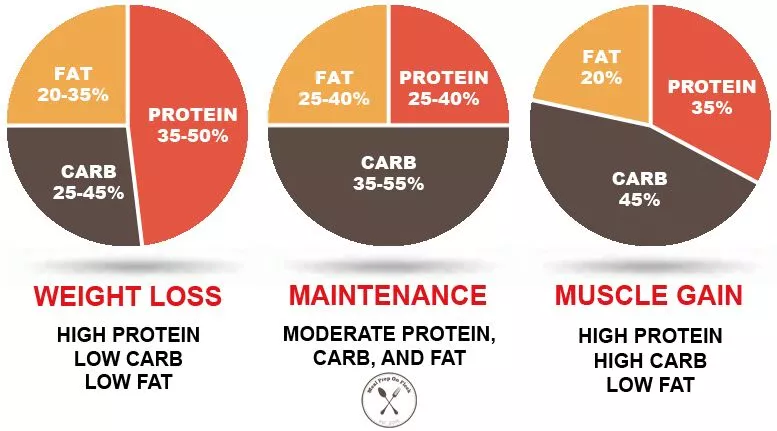
- Carbohydrates: Limit daily carbohydrate intake to approximately 20-50 grams, depending on individual tolerance and activity levels. Focus on consuming non-starchy vegetables and small portions of low-carb fruits.
- Protein: Consume a moderate amount of protein to support muscle maintenance and other bodily functions. Protein intake can range from 0.6 to 1.0 grams per pound of lean body mass, depending on factors such as activity level and age.
- Fat: Fill the majority of your daily caloric intake with healthy fats. Fats are the primary source of energy on the Keto Diet, and they help maintain ketosis. Choose sources like avocados, nuts, seeds, olive oil, coconut oil, and fatty fish.
Monitoring Ketone Levels and Making Necessary Adjustments:
Ketosis is a dynamic metabolic state, and individual responses to the diet can vary. Monitoring ketone levels can help ensure you are in ketosis and allow you to make adjustments to your diet if needed.
There are three types of ketones: acetoacetate, beta-hydroxybutyrate (BHB), and acetone. BHB is the most abundant ketone in the blood and serves as a reliable indicator of ketosis.
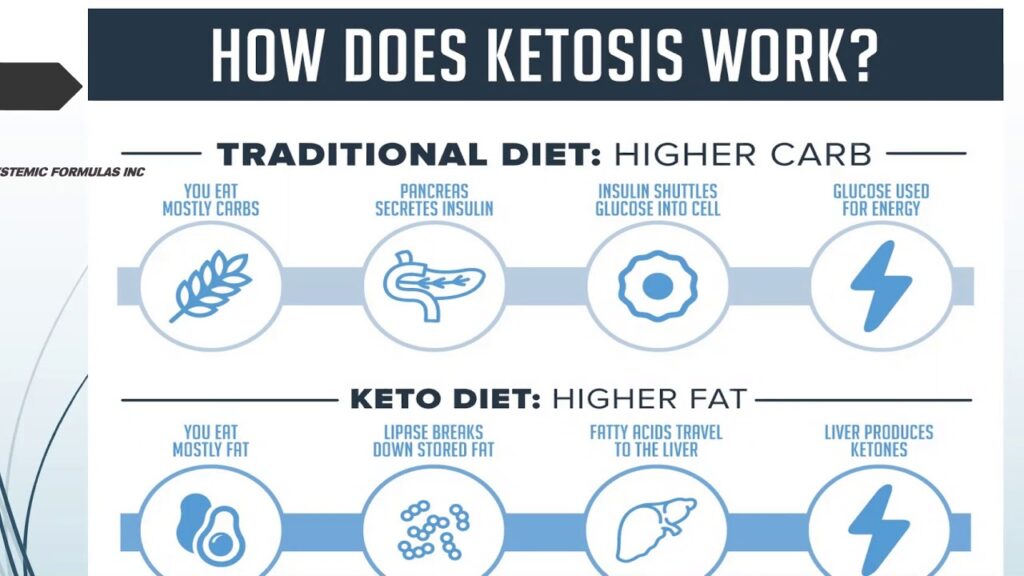
You can measure ketone levels through urine, breath, or blood testing. Urine test strips are affordable but may become less accurate over time as the body adapts to ketosis.
Breath testing provides a non-invasive method to measure acetone levels, but it may not be as accurate as blood testing. Blood ketone meters offer the most precise measurement by directly measuring BHB levels in the blood.
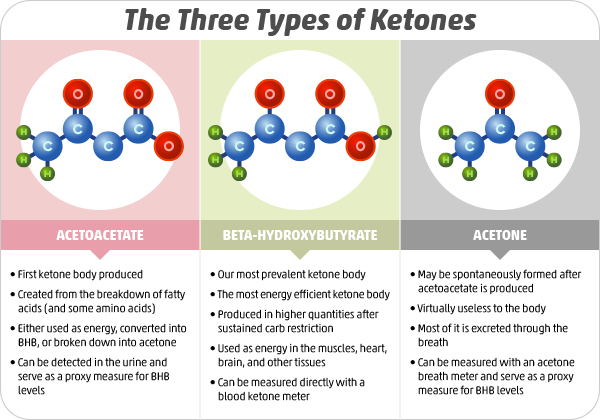
Based on your ketone measurements, you can adjust your diet to stay in the optimal range for ketosis. However, keep in mind that reaching higher ketone levels does not necessarily translate to more significant weight loss. The key is finding the balance that works best for your body and supports your weight loss goals.
Best Foods To Lose Weight On Keto
Fueling with Nutrient-Dense and Low-Carb Foods: The Keto Diet is not about simply cutting carbs; it’s also essential to prioritize nutrient-dense, whole foods that provide essential vitamins, minerals, and other beneficial compounds.
Focus on consuming non-starchy vegetables like leafy greens, broccoli, cauliflower, zucchini, and bell peppers. These vegetables are rich in fiber, vitamins, and antioxidants, supporting overall health and digestion.
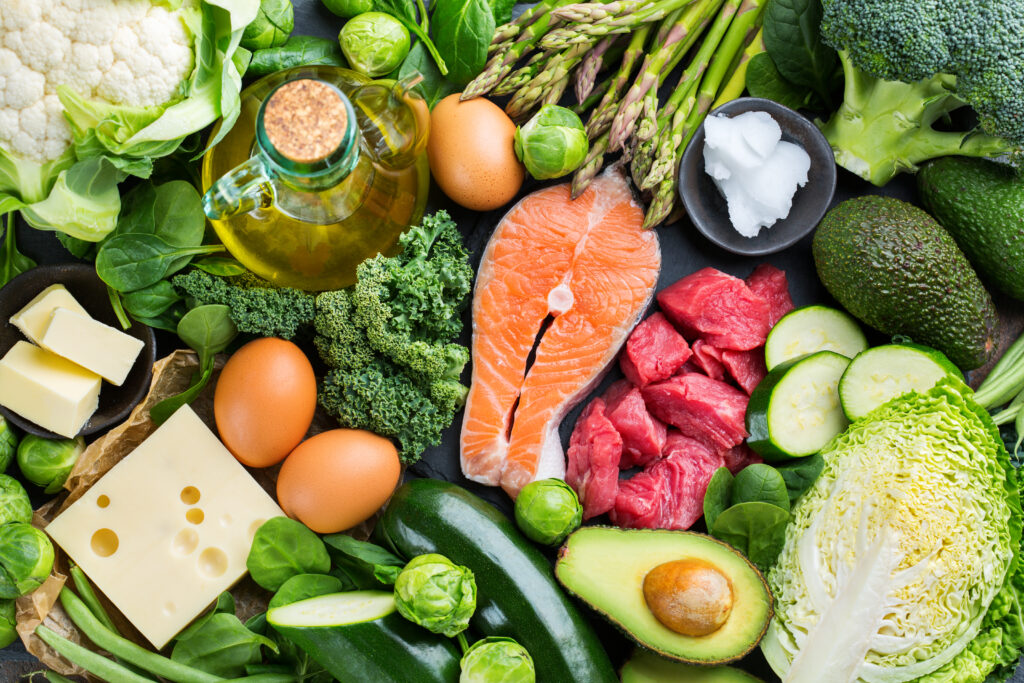
Emphasizing Healthy Fats and Quality Protein Sources: Healthy fats are a significant component of the Keto Diet, providing energy and supporting various bodily functions.
Opt for sources like avocados, olive oil, coconut oil, nuts, seeds, and fatty fish like salmon. These fats provide a feeling of satiety and ensure you have a well-rounded and satisfying diet.
When choosing protein sources, opt for high-quality, minimally processed options. Choose grass-fed and pasture-raised meats whenever possible. Incorporate poultry, fish, eggs, and dairy products like Greek yogurt and cheese. Protein helps maintain lean muscle mass during weight loss and aids in the feeling of fullness.
By focusing on nutrient-dense vegetables, healthy fats, and quality proteins, you’ll create a sustainable and nourishing Keto Diet that supports your weight loss journey while promoting overall well-being. Always consult with a registered dietitian or nutritionist to tailor your Keto Diet plan to your specific needs and preferences.
Combining Keto Diet with Exercise for Optimal Results

Benefits of Exercise on a Ketogenic Diet
Boosting Calorie Expenditure and Promoting Weight Loss: While the Keto Diet alone can contribute to weight loss through fat burning and appetite control.
Incorporating regular exercise can enhance the calorie deficit, leading to faster and more sustainable weight loss.
Exercise, especially cardiovascular activities like running, cycling, or swimming, increases energy expenditure and accelerates fat burning, complementing the ketosis-induced fat utilization.
Preserving Lean Muscle Mass: When following a low-calorie diet, including the Keto Diet. There’s a risk of losing lean muscle mass along with fat. However, regular exercise, especially resistance or strength training, helps preserve and build lean muscle.
Muscle tissue requires more energy to maintain than fat tissue, so having more muscle mass can boost your metabolism, aiding in weight loss and improving body composition.
Recommended Exercises on Keto
Cardiovascular Activities to Increase Fat Burning: Cardiovascular exercises, also known as aerobic exercises, elevate your heart rate and promote fat burning.
Engage in activities like brisk walking, jogging, cycling, dancing, or using cardio machines at the gym. These exercises help burn calories and enhance cardiovascular health, all while supporting your weight loss goals on the Keto Diet.

Incorporating Strength Training for Improved Body Composition: Strength training or resistance exercises involve working against resistance to build and tone muscles.
This can be achieved using free weights, weight machines, resistance bands, or bodyweight exercises like push-ups and squats. Regular strength training not only preserves lean muscle mass but also contributes to a more toned and defined physique.
Finding a Sustainable Fitness Routine
Choose Exercises that Suit Your Preferences and Physical Abilities: To ensure exercise becomes an enjoyable and sustainable part of your routine, select activities that align with your interests and abilities.
If you love dancing, try joining a dance class. If you prefer the outdoors, consider hiking or cycling. Finding joy in your workouts will increase motivation and consistency.

Balance Intensity and Recovery for Consistent Progress: Avoid overtraining and burnout by balancing intense workouts with sufficient rest and recovery.
Adequate rest allows your muscles to recover and grow stronger, reducing the risk of injury. Aim for at least 1-2 days of rest or low-intensity activities per week, depending on your fitness level.

Remember that the Keto Diet can lead to reduced exercise performance during the initial stages of adaptation, which is known as the “Keto Flu.” This is due to the body’s transition from relying on carbohydrates to fats for fuel. As your body becomes more fat-adapted, exercise performance usually improves. Be patient with yourself during this phase and gradually increase the intensity and duration of your workouts as you adapt to the Keto Diet.
Ultimately, the combination of the Keto Diet and exercise can create a powerful synergy for weight loss and overall health. Regular physical activity not only boosts calorie burning but also supports mental well-being, reduces stress, and promotes better sleep. As always, listen to your body, and if you have any pre-existing medical conditions or concerns, consult with a healthcare professional or a certified fitness trainer before starting a new exercise regimen.
Overcoming Challenges and Staying Safe on the Keto Diet
Addressing Common Challenges on the Keto Diet
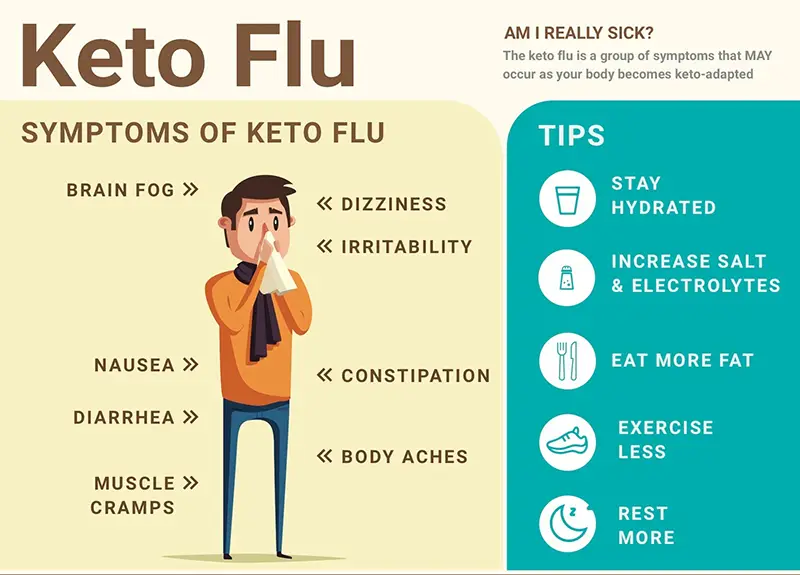
Keto Flu and Electrolyte Imbalance: One of the primary challenges when starting the Keto Diet is experiencing the “Keto Flu.”
This temporary phase is characterized by symptoms like fatigue, headaches, dizziness, nausea, and irritability.
It occurs as the body adjusts to using ketones as its primary fuel source.
It can be attributed to temporary electrolyte imbalances, mainly sodium, potassium, and magnesium.
To overcome the Keto Flu, ensure you stay well-hydrated and consume foods rich in electrolytes. Include sources like avocados, leafy greens, nuts, seeds, and low-sodium broths in your diet. You may also consider taking a magnesium supplement to support your electrolyte balance.
Social and Psychological Challenges: Following the Keto Diet in social settings or during holidays can be challenging, as many traditional foods are high in carbohydrates. It’s essential to plan ahead and communicate your dietary preferences and restrictions with friends and family.
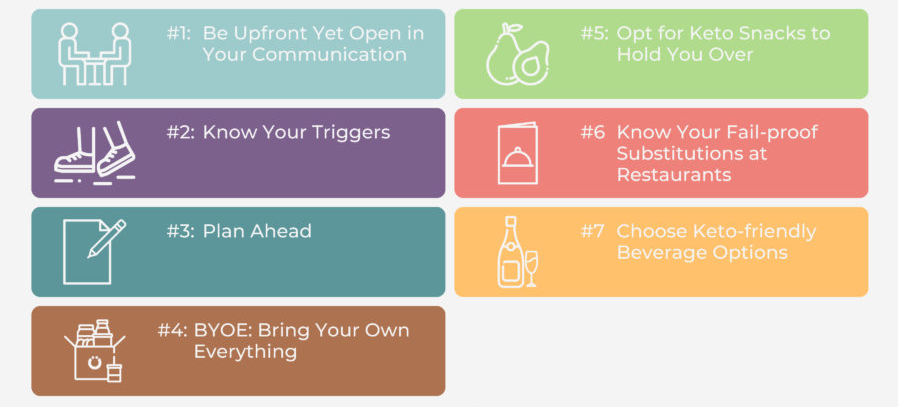
Look for Keto-friendly alternatives or bring your own dishes to gatherings. Embrace a positive mindset and focus on the long-term health benefits and weight loss goals to stay motivated and committed to the diet.
Lose Weight Safe and Healthy Keto Dieting
Avoiding Highly Processed and Unhealthy Fats: While the Keto Diet emphasizes high-fat intake, not all fats are created equal. Avoid unhealthy fats like trans fats and hydrogenated oils, which are commonly found in processed and fried foods.
Instead, prioritize healthy fats like monounsaturated and polyunsaturated fats, as well as omega-3 fatty acids. These fats can be obtained from sources like avocados, olive oil, nuts, seeds, and fatty fish.
Incorporating a Variety of Non-Starchy Vegetables: To ensure you receive essential nutrients and dietary fiber, make sure your Keto Diet includes a diverse range of non-starchy vegetables.
These vegetables are generally low in carbohydrates and high in vitamins, minerals, and antioxidants. They contribute to overall health and digestive regularity. Remember that the goal is not just to limit carbs but to focus on whole, nutrient-dense foods.
Regular Monitoring of Health Indicators:
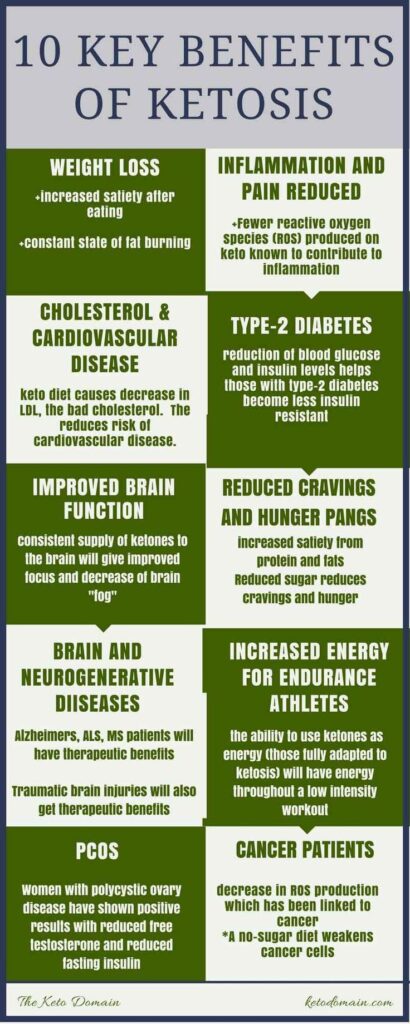
While the Keto Diet can be safe and effective for many individuals. It may not be suitable for everyone.
People with certain medical conditions, such as kidney issues or pancreatitis, may need to avoid this diet.
It’s essential to consult with a healthcare professional before starting the Keto Diet.
Especially if you have any underlying health concerns or are taking medications.
Additionally, regular monitoring of key health indicators, such as blood lipids, liver function, and kidney function, is crucial while on the Keto Diet.
This will help ensure that the diet is not adversely affecting your health and that you are staying within safe parameters.
Avoiding Prolonged Strict Ketosis: While short-term ketosis is generally considered safe for most people. Prolonged strict ketosis may have potential risks.
Nutrient deficiencies and inadequate fiber intake may occur if the diet is not well-balanced.
Consider cycling in and out of ketosis or adopting a cyclical ketogenic approach if you find long-term strict adherence challenging.
Remember, there is no one-size-fits-all approach to dieting, and what works for one person may not work for another. Personalize your Keto Diet plan to suit your specific needs, preferences, and health goals.
Always listen to your body, and if you experience any adverse effects or concerns, consult with a healthcare professional promptly.
I have elaborated on the challenges and safety aspects of the Keto Diet to help readers navigate potential difficulties and ensure they approach the diet safely. Let me know if you’d like me to add any more details or make further adjustments to the article.
Conclusion: What Is The Fastest Way To Lose Weight?
The Keto Diet has shown promising results for rapid weight loss. You can lose weight up to 15 pounds in the first 2 weeks, but it’s crucial to approach it responsibly and with knowledge. Remember that sustainable weight loss and overall health are achieved through balanced lifestyle changes.
Always consult with healthcare professionals before making significant dietary changes. Stay committed, be patient, and embrace a healthy lifestyle to make the most of the fastest way to lose weight with the Keto Diet. Here’s to your success and well-being on your weight loss journey!